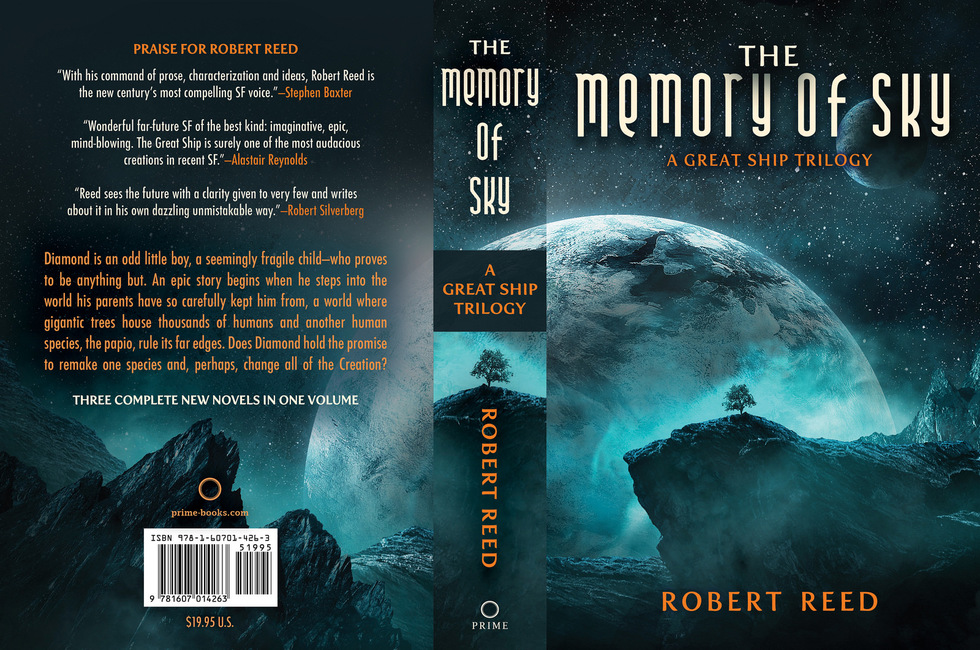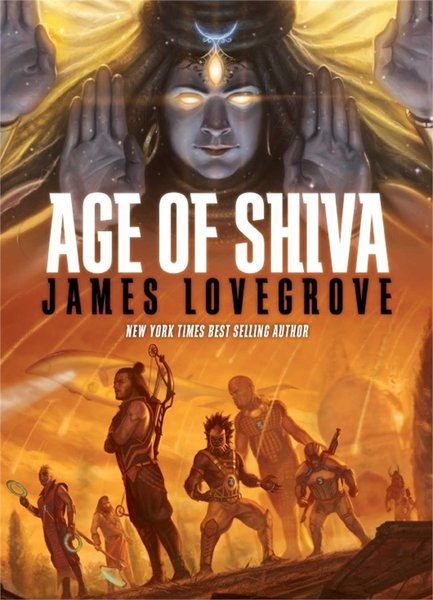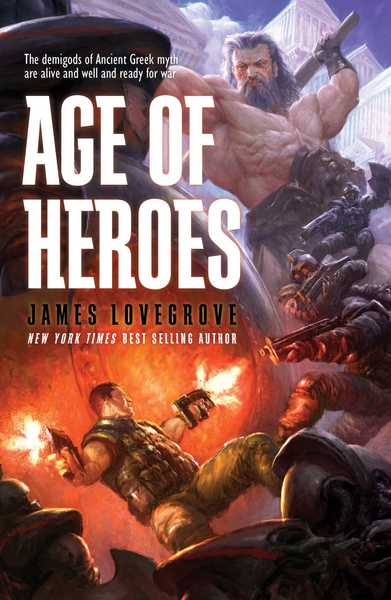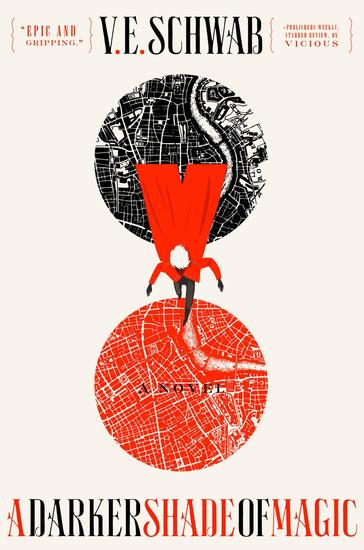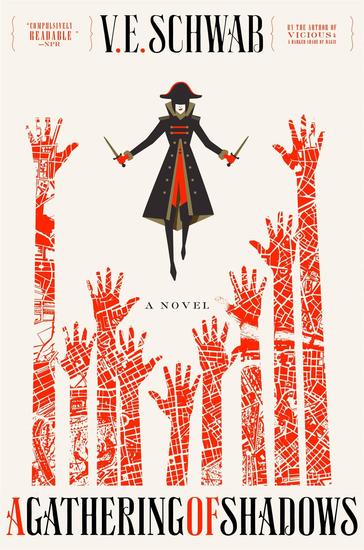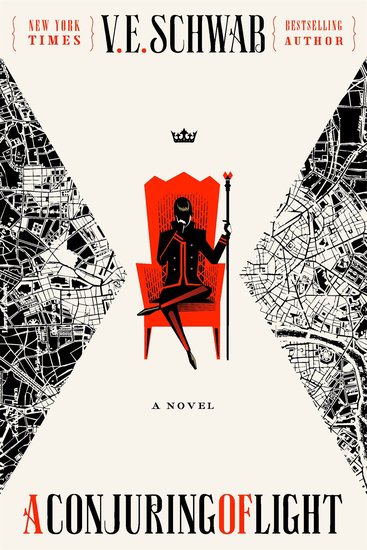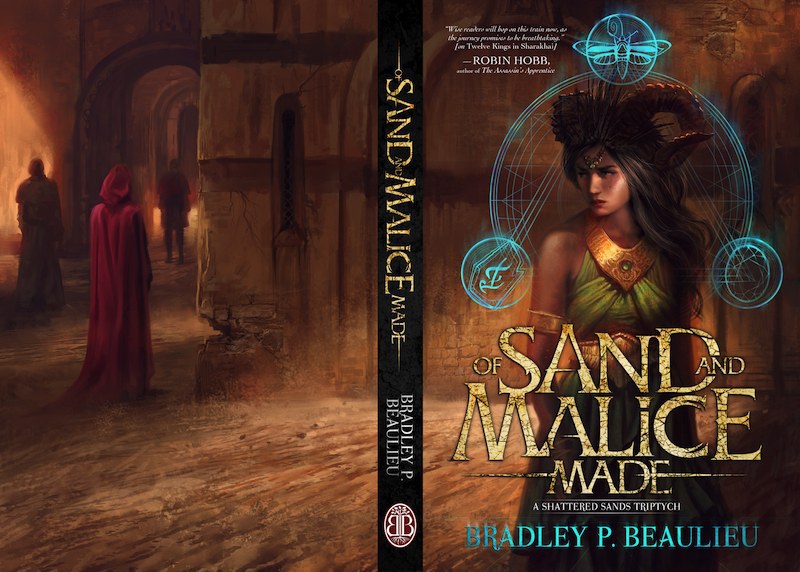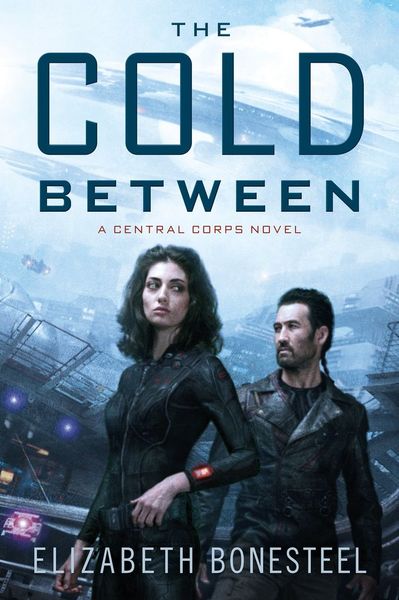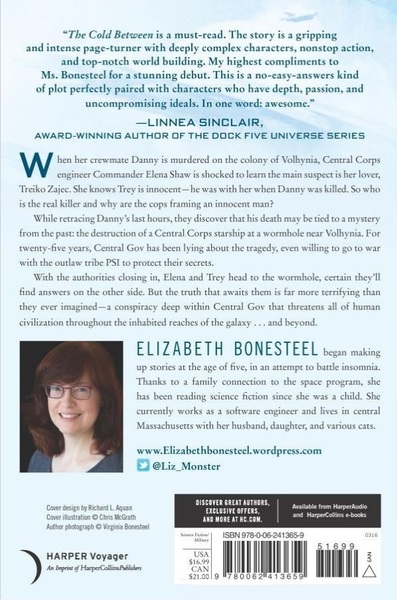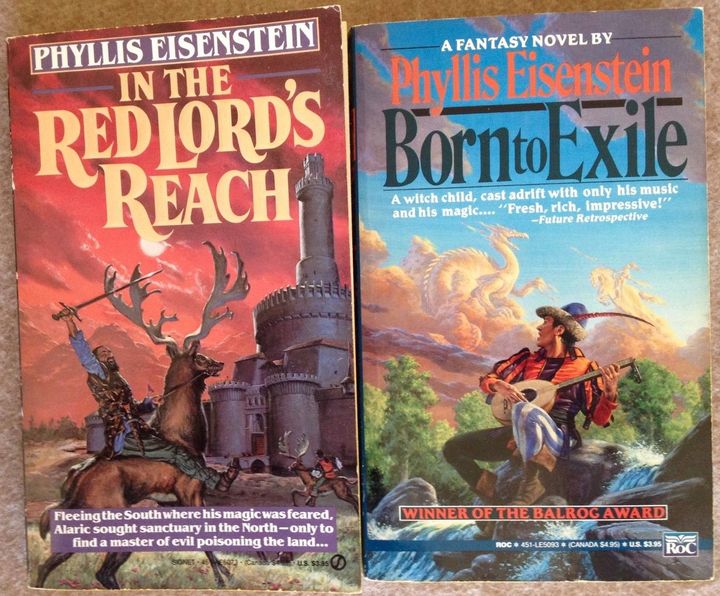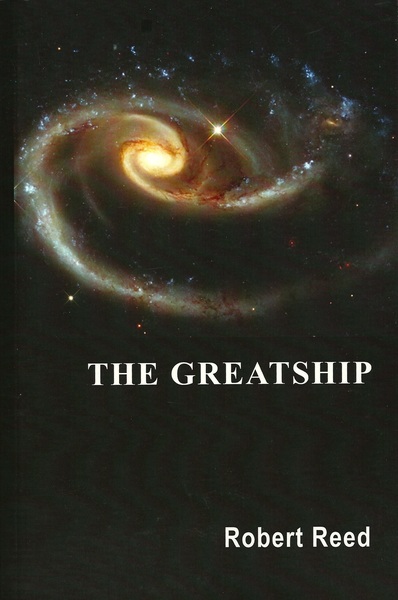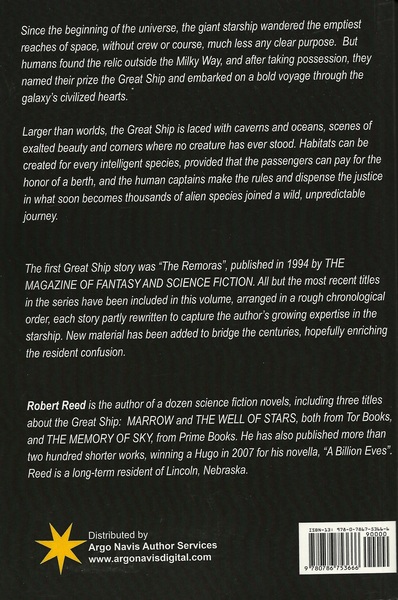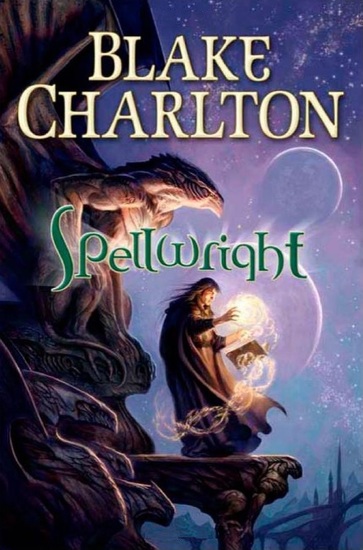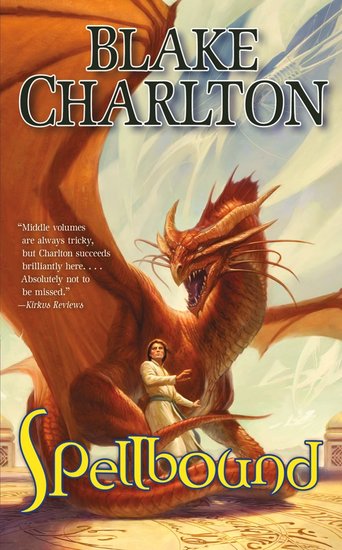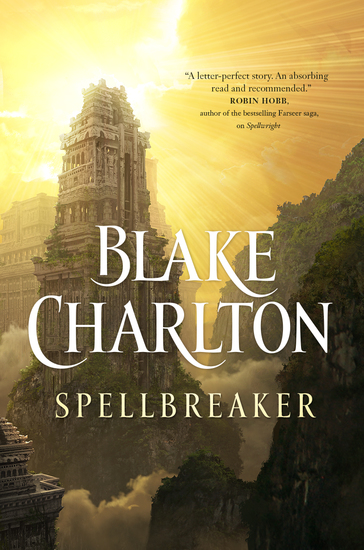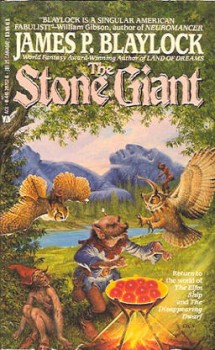Future Treasures: Crooked Kingdom, the Sequel to Six of Crows by Leigh Bardugo
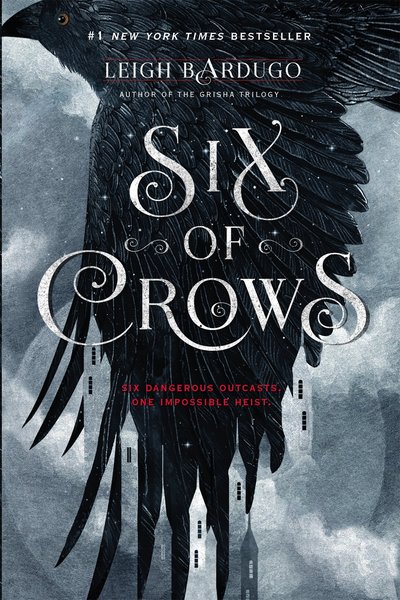 |
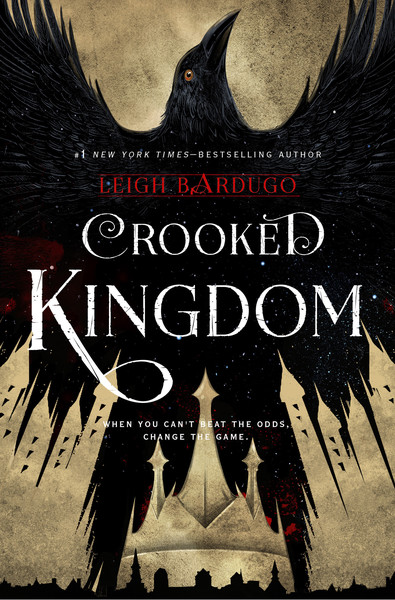 |
Leigh Bardugo’s Six of Crows, published in hardcover last September by Henry Holt and Co, became a #1 New York Times bestseller. Which hardly seems fair, since she already had a bestselling young adult series in The Grisha Trilogy (Shadow and Bone, Siege and Storm, and Ruin and Rising), but some people just hog all the attention, I guess.
Six of Crows is a caper novel set in the same world as The Grisha Trilogy, in which criminal prodigy Kaz Brekker dreams of a brazen heist in the bustling hub of Ketterdam, and manages to assemble a talented team of geniuses and misfits to pull it off. Author Holly Black called it “A twisty and elegantly crafted masterpiece,” and the Los Angeles Times says it’s “Harry Potter meets Game of Thrones… with a caper twist.” How can you resist a description like that?
The sequel, Crooked Kingdom, arrives in hardcover at the end of the month, and sees Kaz Brekker and his crew thrown right back into the thick of things. Here’s the description.
